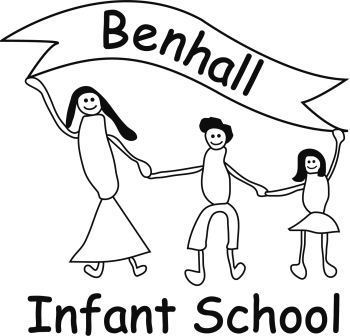Geography at Benhall
At Benhall Infant School we believe the best geography lessons show the children where to look but do not tell them what to see. Our children need the tools to understand their local locality so they can compare it others around the world. We want to inspire tomorrow’s adventurers.
Key features of effective geography teaching
We understand that children need to have knowledge of the world and human’s influence on it. They need to learn the skills to locate and compare different locations.
The key principles of effective geography teaching includes:
- Nurturing the children’s curiosity
- Integrating geography with other subjects where natural connections occur
- maintaining pace of learning
- allowing the children to present their knowledge/ findings in their preferred style – connection to writing curriculum
- Continuous teacher assessment through objective led planning
- early identification of children at risk of falling behind, linked to the provision of effective interventions.
How we teach geography
- At Pre-School, children are curious about where they live. They talk about their homes and local area, identifying the things they love. Their teachers support them in comparing their homes with others.
- In reception geography teaching responds to the children’s interests and experiences. Teachers reinforce their knowledge of their own locality. Teachers teach the children the skills they need to navigate and compare their environments.
- In KS1 the children and becoming more aware of the wider world and use their increasing independence in research. They are encouraged to formulate questions that build on the knowledge the teacher imparts during a geography meeting.
- Regular geography inputs are used to teach the sequence of knowledge and skills within understanding the world (EYFS) and geography curriculum (NC), building on prior learning.
- Geography inputs last between 10 and 20 minutes.
- Provision activities, paired with objective led planning, facilitate opportunities for children to rehearse what they have learned. Teachers use these provision tasks to assess children against the learning objective – adding scaffolding to support or challenge.
- Resources and texts are high quality and support the children’s knowledge and skills within this part of the curriculum.
The child’s progression as an explorer
At Pre-school, I am a mini explorer who is curious about where I live. I want to tell you about my home and my favourite places in the area I live. I am excited when I go on holiday or on a trip, making predictions about what it will be like. When I return from new places, I enjoy telling my friends and teachers about them.
I am able to:
- Begin to use simple questions in relation to the world.
- Make observations.
- Show awareness of change.
In reception, I am an early explorer who is excited and inquisitive to ask questions and learn about my local environment and the physical features within it in using all my senses. I will begin to use and understand different geographical sources (maps, books, videos) and create my own interpretations using various media and materials. I will draw on these skills to compare and contrast the places I have first-hand experience of, to those in the world that are different.
I am able to:
- Begin to look more closely at things to make more detailed observations.
- Find out about features in the area in which I live e.g., visit, book, visitor, ICT
- Talk about features of my immediate environment.
- Talk about likes and dislikes of my immediate environment. E.g. I like the park; I don’t like the litter.
- Understand about seasonal changes e.g., snow comes in winter because its cold.
- Talkabout how environments might differ from one another.
- Talk about how environments might be the same.
In KS1, I am an explorer who is excited and inquisitive about my local environment and the physical features within it. I will use and understand different geographical sources (maps, books, videos) to investigate the world around me. I will create my own maps and images using various media and materials. I will be fascinated by the places I learn about and want to compare and contrast the places I have learnt of to each other and to unfamiliar places around the world that I am just discovering. I will talk about what it would be like to visit places I have only heard of and inspired to travel in my future.
I am able to:
- Describe environments I have visited and those I have yet to visit
- Discuss the impact of different environments on the communities that live there
- Discuss the impact people have on the world they live in
- Describe my local community
- Use maps to find my way around and find the locations of places I am learning about
- Recognise that map is a representation of a place.
- Locate and name the continents and oceans of the world.
- Draw picture maps of imaginary places and from stories.
- Draw a map of a real or imaginary place.
- Look down on objects to make a plan-view map.
- Add detail to a sketch map from aerial photograph
- Use a simple picture map to move around the school.
- Follow a route on a map.
- Use an atlas, Google Maps, google Earth, Route planners to locate and find out about places.
- Begin to understand the need for a key.
- Use symbols to make a simple key.
- Draw around objects to make a plan.
- Use relative language e.g., bigger/smaller, like/unlike.
- Follow directions (Up, down, left/right, forwards/backwards)
- Follow directions including North, South, East, West.
